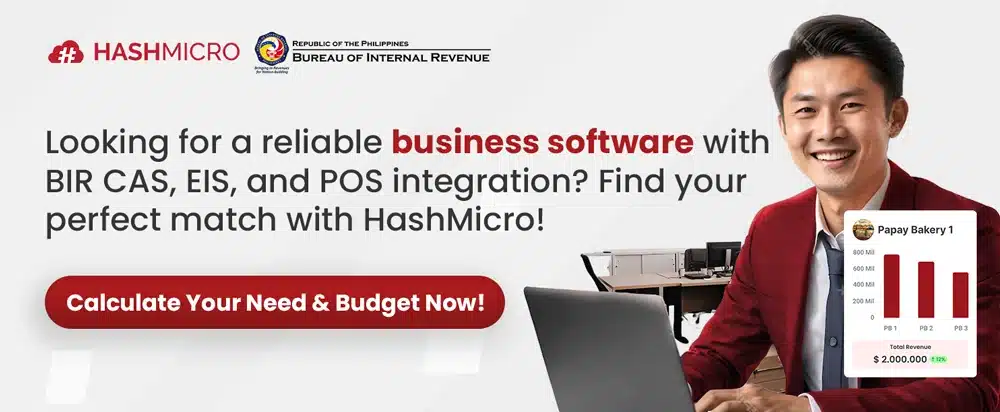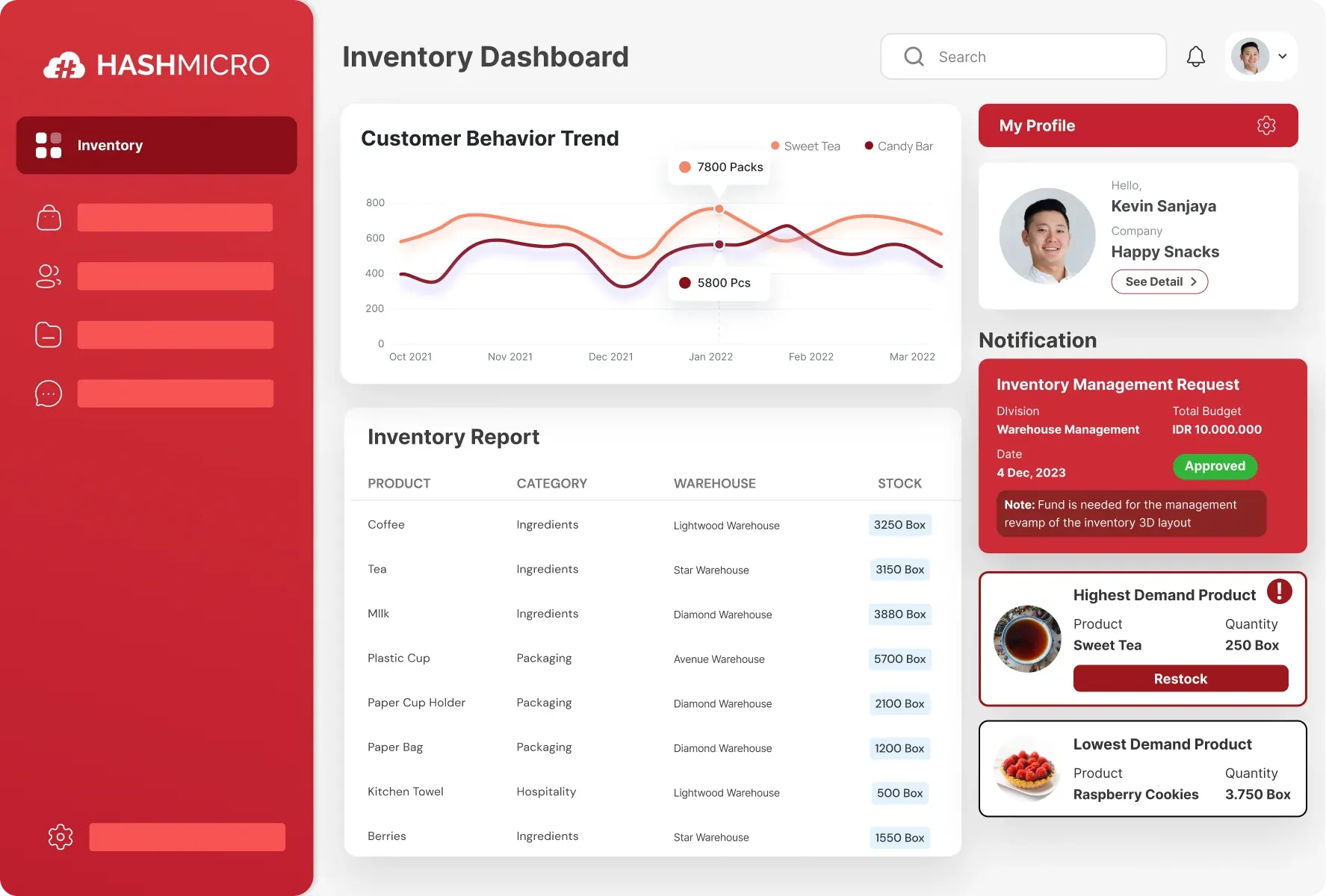If your usual reaction to audits of your beginning inventory is “hala, bakit kulang nanaman,” you’re definitely not alone. Many business owners in the Philippines still struggle with matching their ending inventory numbers to what they actually have at the start of each accounting period.
Many business owners in the Philippines still struggle with matching their ending inventory numbers to what they actually have at the start of each accounting period.
In fact, poor inventory habits, like buying too much or restocking without a clear system, have raised costs and caused production delays. Some manufacturers even had to pause operations when unused stock piled up or supplies ran out.
So, what exactly is beginning inventory, and why does it matter so much? This article will explain the basics, from what it is, its component, why it’s important, and how to calculate it.
Key Takeaways
|
Table of Contents
What is Beginning Inventory?
Beginning inventory refers to the total monetary worth of items available in stock and ready for use or sale at the beginning of an accounting period. Also known as opening inventory, it corresponds to the ending inventory of the previous accounting period.
Fluctuations in beginning inventory from one period to another can be interpreted in various ways. A decrease, for instance, might indicate increased sales, or it could point to a supply chain disruption or issues with inventory control.
Conversely, an increase might reflect intentional preparation for a high-demand season, like the holidays, or it could signal a decline in sales. For instance, if you have ₱580,000 worth of inventory at the end of a quarter, that same amount will be recorded as your beginning inventory for the following quarter.
Why is Beginning Inventory Important?

- Compute COGS accurately. You need the beginning inventory value to calculate the cost of goods sold (COGS) for any specific period.
- Spot sales patterns. Seasonal buying isn’t limited to Christmas or New Year. In the Philippines, sales often spike during back-to-school season, mid-year sales, or ‘ber’ months. Beginning inventory helps track these trends so you can adjust your purchasing budget and avoid overstocking or running out of stock.
- Support financial evaluation. When analyzed together with purchases and ending inventory, the beginning inventory figure helps assess how efficiently your business handles stock.
- Guide purchasing plans. Knowing your starting inventory helps with planning. For example, if your sari-sari store begins the quarter with plenty of canned goods, you might delay restocking and prioritize fast-moving items instead.
- Improve capital control. Inventory is a major part of your working capital. Beginning inventory gives you a clear view of how much of that capital was tied up in goods at the start of the period.
- Check inventory balance. Whether you run a hardware store, grocery, or online shop, beginning inventory tells you if you’re holding too much or too little stock for the upcoming month, quarter, or year.
How Businesses Use Beginning Inventory
Beginning inventory serves more than just accounting functions. Here are a few practical ways it can be used:
- Detect inventory shrinkage. Shrinkage occurs when there’s a gap between recorded inventory and actual stock during physical counts. This often results from theft; either external (shoplifting) or internal (employee pilferage). Beginning inventory helps identify these discrepancies early before they lead to significant losses.
- Support accounting records. Your balance sheet is a core financial document that shows your business’s assets and liabilities, including the value of your inventory at the start of a given period. Beginning inventory is a critical part of this.
- Assist with tax planning. Having an accurate beginning inventory figure can influence your tax strategy. A properly recorded inventory value helps retailers estimate their tax obligations. For instance, if you expect a ₱850,000 tax bill at year-end, adjusting your purchasing plans based on inventory levels can help you manage cash flow more effectively.
To make the most of beginning inventory insights, many businesses in the Philippines now use inventory management software. It automates stock tracking, so you can detect shrinkage, plan purchases, and forecast costs more accurately.
Want to see how much it costs? Click the banner below to explore pricing and find a solution that fits your business.

Beginning Inventory Formulas, Ratios, and Calculations
Although beginning inventory doesn’t appear directly on a company’s inventory accounting like balance sheet or income statement, several key performance metrics rely on it for their calculation. One of the most important is:
Cost of Goods Sold (COGS)
Cost of goods sold (COGS) helps determine a company’s gross profit by subtracting the total cost of producing goods from its revenue. The lower the COGS, the higher the gross profit—and the reverse is also true.
COGS includes all direct and mostly variable costs used to produce inventory that is ready for sale. The formula is:
COGS = (Beginning Inventory + Purchases) – Ending Inventory
For example, let’s say a local bakery in the Philippines starts a quarter with ₱150,000 worth of raw ingredients and packaging. Over the next three months, it spends ₱100,000 on additional supplies. By the end of the quarter, ₱90,000 worth of materials remain unused.
Here’s how we calculate COGS:
- Beginning Inventory = ₱150,000
- Purchases = ₱100,000
- Ending Inventory = ₱90,000
So, COGS = ₱150,000 + ₱100,000 – ₱90,000 = ₱160,000.
Inventory Turnover
Inventory turnover ratio tracks how often a business sells and replenishes its inventory within a specific period. It’s a critical metric for evaluating how efficiently a company handles its stock and is often viewed as a sign of liquidity.
That said, turnover rates vary depending on the type of products sold. For instance, a convenience store in Manila will typically turn over its inventory much faster than a company that sells industrial machinery.
Continuing the earlier example of the Philippine bakery:
At the beginning of the quarter, the bakery had ₱150,000 in inventory. It ended the quarter with ₱90,000 worth of ingredients and packaging still in stock. Its cost of goods sold (COGS) was ₱160,000.
To calculate average inventory:
Average Inventory = (Beginning Inventory + Ending Inventory) ÷ 2
Average Inventory = (₱150,000 + ₱90,000) ÷ 2 = ₱120,000
Now, use that to find the inventory turnover ratio:
Inventory Turnover Ratio = COGS ÷ Average Inventory
Inventory Turnover = ₱160,000 ÷ ₱120,000 = 1.33
This means the bakery turned over its inventory approximately 1.33 times during the quarter.
Days in Inventory (DII)
Also known as days sales of inventory, DII measures how long it takes a business to turn its inventory into sales. A lower number means faster turnover, while a higher number indicates slower movement of goods.
The formula for DII is:
DII = (Average Inventory ÷ COGS) × Number of Days in the Period
Continuing with our Philippine bakery example:
- Average Inventory = ₱120,000
- COGS = ₱160,000
- Days in the quarter = 90
DII = (₱120,000 ÷ ₱160,000) × 90 = 0.75 × 90 = 67.5 days
This means it takes the bakery about 68 days to convert its inventory into sales during the quarter.
How to Calculate Beginning Inventory
Beginning inventory for a new period is equal to the ending inventory from the previous one.
Referring back to our Philippine bakery example, the ending inventory for the quarter was ₱90,000, so that same amount becomes the beginning inventory for the next quarter. No extra calculation needed.
However, if the business wants to “roll backward” and verify its beginning inventory during a reconciliation or audit, it can use the following formula:
Beginning Inventory = (COGS + Ending Inventory) – Purchases
Given:
- COGS = ₱160,000
- Ending Inventory = ₱90,000
- Purchases = ₱100,000
Beginning Inventory = (₱160,000 + ₱90,000) – ₱100,000 = ₱150,000, which matches the earlier figure.
Demand Forecasting
Past inventory levels, seasonal trends, and sales history help businesses anticipate future demand. This method of predicting upcoming sales is known as demand forecasting.
For instance, if a bakery notices a consistent surge in cake orders every December, it would make sense to increase ingredient stock in November to avoid shortages during the holiday rush.
Demand forecasting helps answer crucial questions like how much inventory is needed to fulfill orders, how often it should be restocked, and how purchasing patterns may shift over time.
Start Every Quarter with Clean, Accurate Beginning Inventory

HashMicro Inventory Software eliminates the guesswork by recording all stock movements, from delivery to sale, and keeping your beginning inventory aligned with the actual stock on hand.
No more scrambling during audits or hearing “kulang po sa system” when accounting checks the books. You’ll get live access to stock levels, expiry warnings, and demand trends, which is ideal for restocking ahead of holidays, flash sales, or seasonal peaks.
HashMicro’s Inventory Software supports these key actions that directly improve beginning inventory accuracy and overall stock control:
- Trigger auto-reordering based on run rate: Suggests what to reorder when stock gets low. Avoid stockouts and prevent excess inventory from carrying into the next period.
- Catch soon-to-expire items before they go to waste: Flags expiry risks early through alerts and dashboards. Move items fast and keep beginning stock accurate.
- Uncover slow-moving stocks and spot inventory gaps: Shows detailed reports like aging, turnover rate, and reservation status. Helps you decide what to reorder, what to sell faster, and what to stop purchasing.
- Track every delivery, receipt, and stock transfer: Logs all movements from warehouse to branch or shelf. Prevents mismatches in inventory and strengthens audit readiness.
- See exactly how each item moved over time: Provides a full breakdown of quantity, location, and movement history. Speeds up investigations when inventory issues arise.
- Scan items directly from the warehouse using your phone: Lets staff update stock instantly via mobile app with QR/barcode scanning. Reduces manual errors and keeps your data up to date.
Conclusion
Beginning inventory refers to the stock value carried forward from the previous accounting period to the next. It helps businesses track costs, forecast demand, measure inventory efficiency, and identify issues early on.
HashMicro’s Inventory Software makes inventory headaches disappear by automatically tracking every stock movement in real-time. You’ll instantly know what’s selling, what’s expiring soon, and what’s running low with no more guesswork or surprises.
Ready to take control of your inventory and say goodbye to manual counts and costly mistakes? Click the banner below or the free demo link here, and find out how HashMicro can help simplify your stock management today!

FAQ on Beginning Inventory
-
What counts as purchases in inventory calculations?
Purchases include all items bought for resale or use: raw materials, finished goods, and direct production inputs, excluding discounts, returns, and allowances.
-
Is beginning inventory considered an expense?
No, it’s classified as a current asset, not an expense. It only becomes part of COGS once goods are sold.
-
Can beginning inventory include both finished goods and work-in-progress?
Yes, beginning inventory typically includes raw materials, work-in-progress items, and finished goods available at the start of the period.
-
What’s the difference between opening (beginning) and closing (ending) inventory?
Beginning inventory is stock available at period start. Closing inventory is what’s left at the period’s end, always matching the next period’s beginning inventory.



















